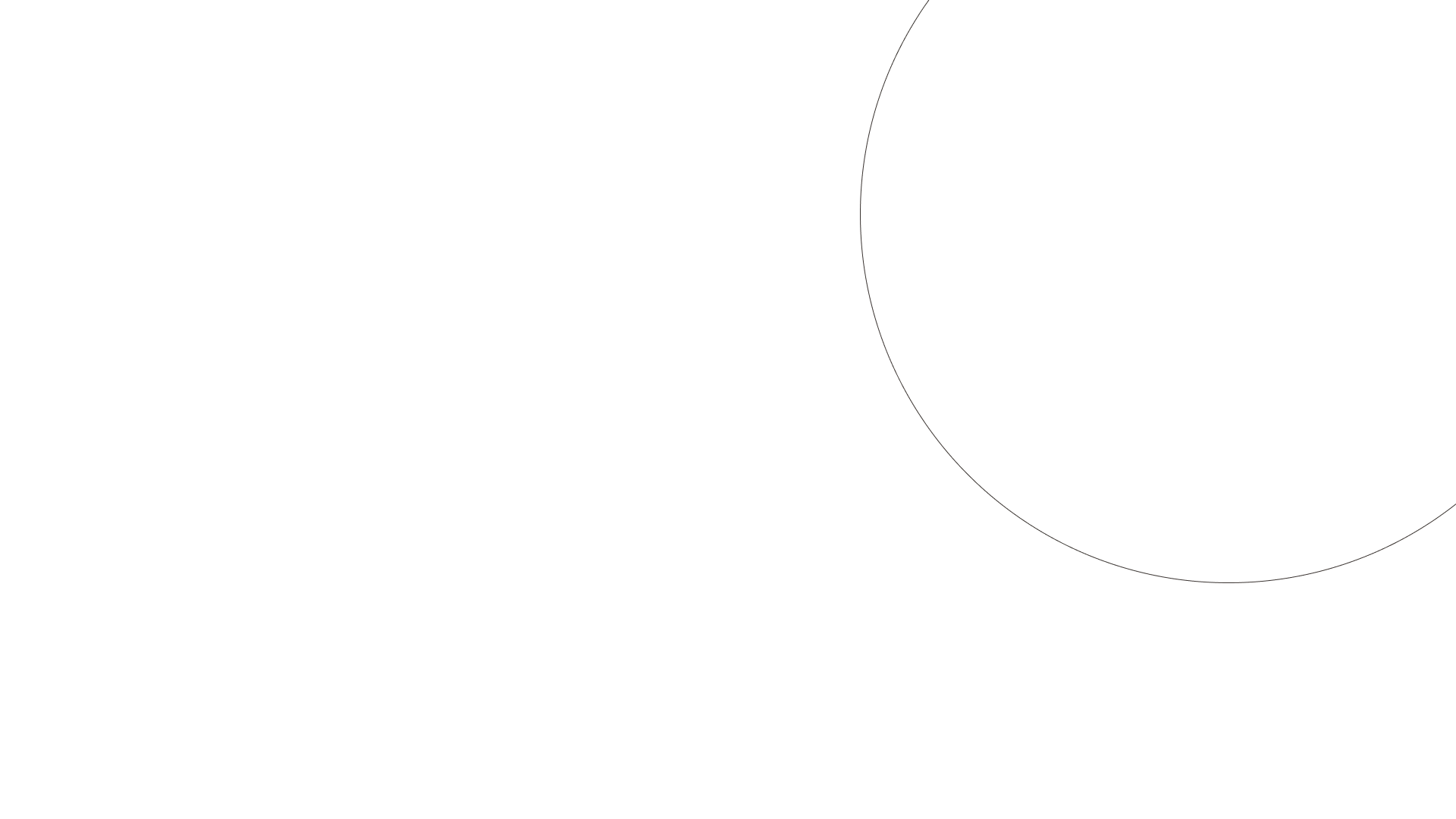
Section Styles spotlight-header
I am a
molecular Engineer
Olivia Paige Dotson, PhD
Presented by Superhuman Body + IF/THENAs a Molecular Engineer, I’m developing “bioinks” that could one day be used to 3D print artificial tissues.
MY WORK SETTING
Indoor vs. Outdoor
I definitely have an “indoor” job – I’m usually working at a desk or in the lab.
People vs. Alone
I collaborate and meet with others often in my job, but I also have to handle a lot of tasks solo.
Creative vs. Defined
Working in a new field requires a lot of creativity, but there’s also a lot of structure in my daily tasks.
-
I work on creating 3D bio-inks, which are special materials that can be used to help cells grow into tissues like liver cells. Imagine a 3D printer, but instead of using plastic to make an object, it’s using these special substances to 3D print tissue (and maybe one day, even an organ!). My goal is to design special “jello”-like hydrogel materials that provide a healthy environment for cells. This kind of research could one day make it easier to repair organs like the liver without needing transplants. It combines biology, chemistry, and engineering to solve big medical challenges.
-
In the lab, I experiment with different materials to figure out which combinations work best for growing healthy cells. I adjust things like how soft or stiff the gel is and see how the cells respond. If an experiment doesn’t work, I try again with small changes until I get better results. Collaboration is also a big part of the process—I often work with other researchers to bring new ideas to the table and keep improving our methods.
-
Regenerative medicine isn’t just about healing—it’s about reimagining what’s possible in healthcare. If we can develop materials that help the body repair itself, we can move beyond treating symptoms to truly restoring health. In our current world, a lot of patients who need organs or other treatments don’t receive them in time. 3D-printed tissues bring us closer to a future where we can replace damaged organs, reduce the need for transplants, and even develop custom treatments tailored to individual patients. This research also pushes the boundaries of what science can achieve, opening doors to innovations we haven’t yet imagined. If we get it right, regenerative medicine offers solutions that are more accessible, sustainable, and designed to give more people the chance to lead healthier, fuller lives.
My work needsEssential Skills:
PATIENCE
This work requires a lot of testing that doesn’t always work the first time. Or the second. I may have to run a 100 tests before I have a successful outcome.
CREATIVITY
A lot of this work requires coming up with a new way of running an experiment to get us closer to the goal. That means tweaking limitless variables to see what works.
PRECISION
The work is delicate as we are attempting to create viable tissues that could be used in the human body. That means that every step of the process matters toward achieving a successful outcome.
COLLABORATION
This is an emerging field, which requires the ability to collaborate well with other scientists who help facilitate my work, as well as educate them about our process.
DAYS IN THE LIFE
Days in the Life
Come along and explore what three days at my job might look like!
How I Work
Check out what my place of work looks like on an average day.
This is what my workspace looks like!
Whiteboard calendar. I use this to track the deadlines I’m working towards.
Picture wall. This gallery includes the lineage of scientists in my family, from my grandad working at VA hospital lab, my mom in the Spellman chemistry lab, dad teaching at U of M, and a drawing I did of the periodic table when I was 5 years old.
Art. I love being inspired by some of the work made by my friends.
Anything pink. It is my favorite color, after all!
“Window” stickers. Our lab is in the basement, but at least I can pretend!

Did you know...It’s not always clear if “natural” is better than “artificial.”
When you see something in the grocery store marked as “all natural,” do you automatically assume it is better than an “artificial” option? Is it safer? Healthier? The truth is actually really complicated.
Some of the deadliest things on Earth are natural—like the venom from a Brazilian pit viper. But scientists used that same venom to develop Captopril, a drug that helps people with high blood pressure and heart disease. GMOs are a great example of how blurry the line between natural and artificial really is. Humans have been modifying crops for thousands of years through methods like selective breeding (for example, most almonds were poisonous before human intervention!). Modern GMOs just allow us to make these changes faster and more precisely. While some farming practices raise valid concerns, GMOs have also made crops healthier and stronger. For instance, Golden Rice was engineered to contain more vitamin A, helping prevent blindness and malnutrition in communities where this nutrient is lacking.
Scientists are also creating new materials that are both high-tech and sustainable. Vegan leather made from mushrooms feels just like real leather but doesn’t harm animals and can be carbon-neutral to produce. Lab-grown meat might eventually help meet the world’s food needs while reducing the environmental impact of traditional farming.
Likewise, new technologies, like 3D-printed tissues, show us that “artificial” solutions can solve real problems—like replacing damaged organs or reducing waste. In today’s world, the lines between natural and artificial are blurry, and how we choose to use both could change everything.
Rewarding
These are the parts of my job I find particularly rewarding.
Maintaining knowledge of a variety of different scientific disciplines like chemistry, physics, biology, and engineering.
Designing and developing innovative materials and technologies that don’t yet exist.
Challenging
These are the parts of my job I find particularly challenging.
But everyone is different! Drag the circles to place them where you rate them.
Continuous learning to stay up-to-date with the latest advancements and techniques.
Altering very small details repetitively to reach a desired outcome through trial and error.
Section Styles movable
These are the people I work with:
Chemical Engineers
I collaborate with chemical engineers frequently, which is critical in developing the materials used in my work.
Biologists & Medical Researchers
The custom molecules I design and build are used by these researchers as tools in their work.
Nanotechnologists
The work we both do is centered around the structure and behavior of materials on the nanometer scale, which leads to collaboration that can expand our toolkits.
WHAT’S NEXT?
What’s next for my field of work?Failure is always going to be part of the scientific process, but AI could help us identify directions that won’t work faster and without wasting time and resources.
Printing organs in 3D isn’t as sci-fi as you might think.
Sure, it might sound futuristic, but the first lab-grown bladder was implanted into a human over 20 years ago. More recently, doctors used a 3D printer to create and implant an outer ear made from a patient’s own cartilage cells. Scientists are also building working prototypes of organs like the pancreas and lungs, though these complex artificial organs aren’t yet approved for transplants. And creating a wide variety of methods, like both personalized stem cells and artificial tissues, gives up the most possibilities to treat different cases.
The takeaway? This technology isn’t science fiction—it’s happening now. And it all starts with the kind of cell and tissue engineering that molecular engineers are working on every day.
Looking for teacher resources?
PHOTOGRAPHER: Jamison Weeks • Illustrator: Morgane Mlynarski© 2024 THE PLENARY, CO. ALL RIGHTS RESERVED. TERMS. PRIVACY.This is a brand new site! See an issue? Let us know.















